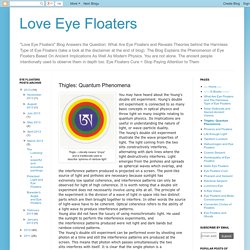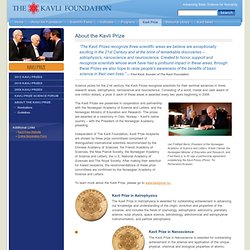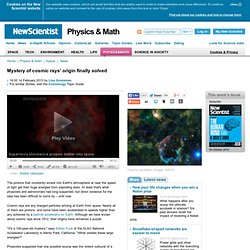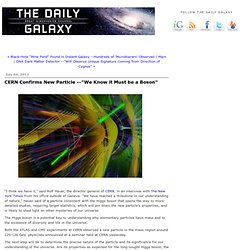

Love Eye Floaters: Thigles: Quantum Phenomena. You may have heard about the Young’s double slit experiment.

Young’s double slit experiment is connected to so many basic concepts in optical physics and throw light on many insights relating to quantum physics. Its implications are useful in understanding the nature of light, or wave–particle duality. The Young’s double slit experiment illustrate the the wave properties of light. The light coming from the two slits constructively interferes, alternating with dark lines where the light destructively interferes. Light emerges from the pinholes and spreads as spherical waves which overlap, and the interference pattern produced is projected on a screen.
Young also did not have the luxury of using monochromatic light. The Young’s double slit experiment can be performed even by shooting one photon at a time and still the interference patterns are produced at the screen. Astronomers Do It In The Dark - astrophotography, astronomical photos, astronomical photography, astro photos, astro photography, Dark Nebulae, IC Nebulae, Reflection Nebulae, Open Clusters, Abell Galaxies, Spiral Galaxies, Galaxy Clusters, Planetary Nebu. About the Kavli Prize. “The Kavli Prizes recognize three scientific areas we believe are exceptionally exciting in the 21st Century and at the brink of remarkable discoveries – astrophysics, nanoscience and neuroscience.

Created to honor, support and recognize scientists whose work have had a profound impact in these areas, through these Prizes we also hope to raise people's awareness of the benefits of basic science in their own lives. . ” — Fred Kavli, founder of The Kavli Foundation Science prizes for the 21st century, the Kavli Prizes recognize scientists for their seminal advances in three research areas: astrophysics, nanoscience and neuroscience. Consisting of a scroll, medal and cash award of one million dollars, a prize in each of these areas is awarded every two years beginning in 2008. Jan Fridthjof Bernt, President of the Norwegian Academy of Science and Letters. To learn more about the Kavli Prize, please go to www.kavliprize.no.
Kavli Prize in Astrophysics. Mystery of cosmic rays' origin finally solved - physics-math - 14 February 2013. Video: Stellar cataclysm The protons that constantly smack into Earth's atmosphere at near the speed of light get their huge energies from exploding stars.

At least that's what physicists and astronomers had long suspected, but direct evidence for the idea has been difficult to come by – until now. Cosmic rays are any charged particles arriving at Earth from space. Nearly all of them are protons, and some have been accelerated to speeds higher than any achieved by a particle accelerator on Earth. Although we have known about cosmic rays since 1912, their origins have remained a puzzle. "It's a 100-year-old mystery," says Stefan Funk of the SLAC National Accelerator Laboratory in Menlo Park, California. Physicists suspected that one possible source was the violent outburst of a supernova within the Milky Way. "Eventually their energy gets large enough that they can leave the shock region," Funk says.
Total scramble Another approach to the problem was needed – and gamma rays provided it. Other matter. About MAST. About CANDELS. CMB. Cosmic Background Radiation : One of the foremost cosmological discoveries was the detection of the cosmic background radiation.

The discovery of an expanding Universe by Hubble was critical to our understanding of the origin of the Universe, known as the Big Bang. However, a dynamic Universe can also be explained by the steady state theory.
Dark Matter. Quantum Entanglement. CERN Confirms New Particle. The Higgs boson is a potential key to understanding why elementary particles have mass and to the existence of diversity and life in the universe.

Both the ATLAS and CMS experiments at CERN observed a new particle in the mass region around 125-126 GeV, physicists announced at a seminar held at CERN yesterday. Boson de Higgs.